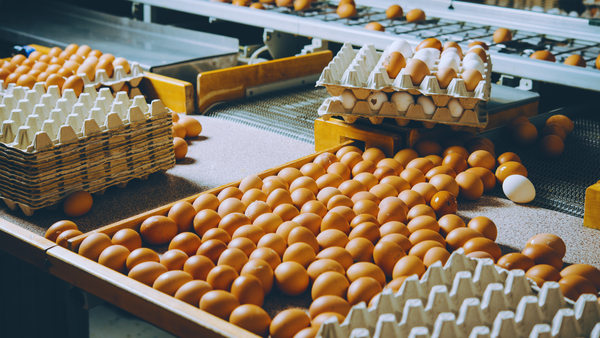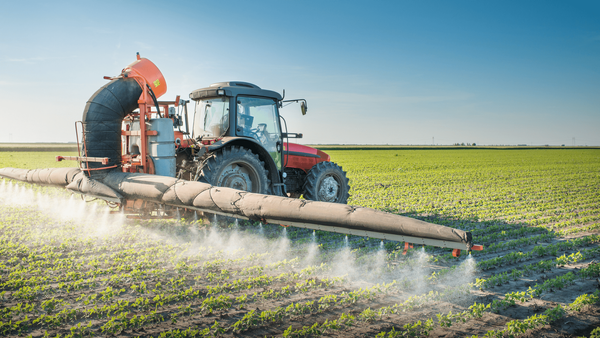Soil, Sovereignty, and Survival: America's Regenerative Uprising
America's regenerative uprising challenges industrial agriculture's failures through soil-focused farming. As cattle numbers plummet and bird flu ravages factory farms, regenerative practitioners demonstrate superior resilience by building soil health and natural immunity.

In an era where industrial agriculture dominates our food systems, a powerful counter-movement is gaining momentum across America. The Regenaissance—a revolution that combines regenerative agriculture with a return to ancestral wisdom—is challenging the status quo and offering solutions to some of our most pressing agricultural crises.
What You'll Learn: In This Article
✔️ How agricultural challenges expose industrial farming's fundamental failures
✔️ How regenerative farmers build resilience with soil and cattle mangement
✔️ Why the regenerative agriculture movement is gaining traction in food system
✔️ How consumer consciousness is shifting toward traditional food wisdom
America's Vanishing Cattle Herds: An Industrial Failure
The mainstream media might not be highlighting it, but U.S. cattle inventory has plummeted to its lowest level in 73 years. This historic decline represents a devastating blow to our food and soil sovereignty and reveals the fundamental flaws in industrial animal husbandry.
While conventional agriculture points to drought and rising interest rates as the culprits, regenerative ranchers across the country are demonstrating a different reality: properly managed cattle operations can thrive even in challenging conditions.
Regenerative ranching pioneer Mickey Steward explains, "If you take even the slightest step towards managing your grazing, you greatly improve the quality and quantity of your forage." This insight transforms our understanding of cattle's role in the ecosystem: they aren't depleting resources—they're essential partners in rebuilding them.
Each percentage point increase in soil organic matter allows the land to hold an additional 20,000 gallons of water per acre, creating drought resilience that conventional operations simply can't match. As a result, while industrial ranches are liquidating their herds, regenerative operations continue to maintain or even expand their numbers.





